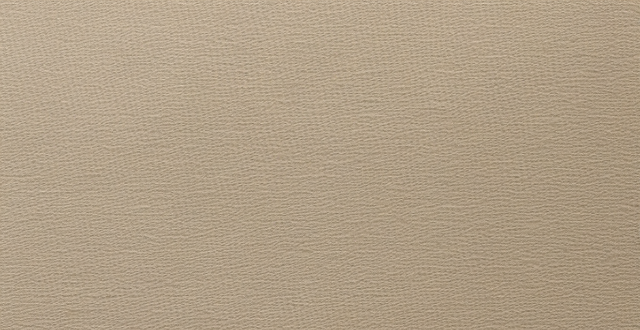Moisture-wicking fabrics significantly enhance sports clothing by improving comfort, performance, and durability. They pull sweat away from the body, reducing stickiness and helping maintain a stable body temperature. These fabrics are lightweight, breathable, and quick-drying, which enhances physical activity. Their resistance to shrinkage and stretching ensures longevity. Moisture-wicking fabrics work through capillary action and efficient evaporation, speeding up the drying process. They are widely used in base layers, athletic wear, and accessories like headbands and socks, providing comfort during extended activities. Overall, these fabrics are crucial for modern sports apparel, offering practical benefits for athletes and fitness enthusiasts.

How Do Moisture-Wicking Fabrics Enhance Sports Clothing?
Introduction
Moisture-wicking fabrics are a game-changer in the world of sports clothing. They are designed to draw sweat away from the body, keeping athletes dry and comfortable during physical activity. In this discussion, we will delve into the ways moisture-wicking fabrics enhance sports clothing.
Benefits of Moisture-Wicking Fabrics
*Improved Comfort*
- Reduced Stickiness: When you sweat, traditional fabrics can stick to your skin, causing discomfort. Moisture-wicking fabrics reduce this issue by pulling sweat away from the body.
- Maintained Body Temperature: These fabrics help maintain a stable body temperature by preventing excessive cooling when wet.
*Enhanced Performance*
- Lightweight and Breathable: Moisture-wicking fabrics are often lightweight and breathable, allowing for better movement and airflow during exercise.
- Faster Drying Time: These fabrics dry quickly, reducing the time spent in damp clothing which can be detrimental to performance.
*Durability and Longevity*
- Resistant to Shrinkage and Stretching: Unlike some traditional materials, moisture-wicking fabrics hold their shape and size even after multiple washes.
- Longer Lifespan: The quality of these fabrics means they can withstand regular use without losing their effectiveness.
How Moisture-Wicking Fabrics Work
*Capillary Action*
- Fiber Construction: The fibers in moisture-wicking fabrics are engineered to have channels that utilize capillary action to move moisture along the fiber.
- From Skin to Surface: Sweat is drawn from the skin to the outer layer of the fabric where it can evaporate more easily.
*Evaporation Process*
- Increased Efficiency: By moving sweat to the surface, there's a larger area for evaporation, speeding up the drying process.
- Cooling Effect: As sweat evaporates, it creates a cooling effect on the skin, helping to regulate body temperature.
Applications in Sports Clothing
*Sports Apparel*
- Base Layers: Often used as a first layer against the skin to manage sweat effectively.
- Athletic Wear: Popular in gym clothes, running gear, and other activewear due to its performance benefits.
*Accessories and Gear*
- Headbands and Wristbands: Help absorb sweat in targeted areas like the forehead or wrists.
- Socks and Hats: Keep feet and heads dry, improving comfort during extended periods of activity.
Conclusion
Moisture-wicking fabrics are an essential component of modern sports clothing. They provide comfort, enhance performance, and ensure durability, making them a preferred choice for athletes and fitness enthusiasts alike. By understanding how these fabrics work and their various applications, one can make informed choices when selecting sports apparel.